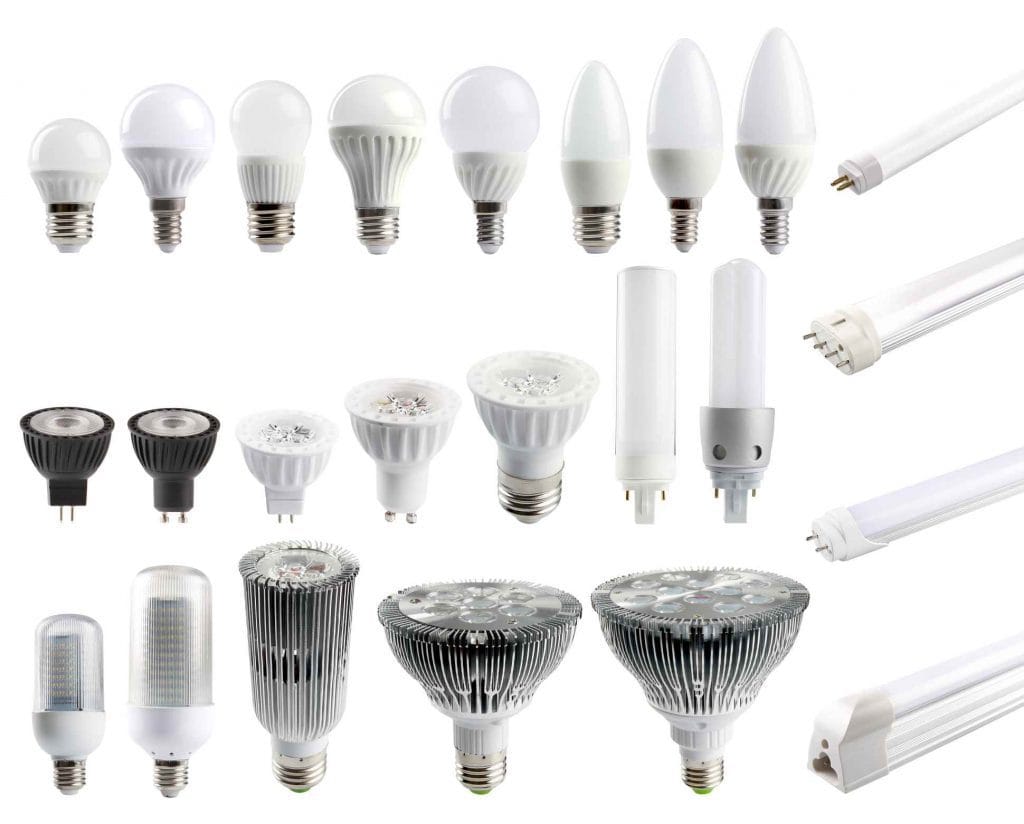

A lot of homeowners and business owners are turning to LED bulbs for their lighting needs. The switch comes with plenty of benefits including lower energy costs and a longer lifespan, all of which can save you significant amounts of money in the long run. Making the first LED bulb purchase can be overwhelming because of the sheer volume of bulbs available. With this simple buying guide, you can head to the store better prepared to make this wonderful change.
Choose the right color
There’s a right color for every room and purpose, but most people don’t know how to tell them apart when buying LED bulbs. The colors are actually measured in Kelvin scores, with lower numbers representing warmer colors and yellow tints. The warmer colors will appear a little bit dimmer and are ideal for small, intimate settings. Higher Kelvin scores, around the 5,000 range or higher, will be bluer and a bit colder. These bulbs are meant to simulate real daylight and can drastically improve your productivity.
Get the right brightness
Brightness is determined more so by lumens than by wattage. This is an important distinction to make when purchasing LED bulbs. Wattage measures how much electricity a bulb uses, but LED bulbs use very little electricity. As a result, the LED bulb’s wattage won’t be representative of its overall brightness. Consumers should look for the lumens measurement to determine how bright the bulbs are really going to be. A 60-watt light bulb will have approximately 800 lumens for comparison.
Find the right bulb shape
Unlike traditional light bulbs that only came in the same standard profile, LED bulbs are significantly more complicated to purchase. You will easily find the traditional shape alongside spirals, spotlights, and more. Deciding which one is right can be a challenge, so plan which areas of your home or business are going to be using these new LED bulbs. Then, take a look at the fixtures that will house them. You can use this handy chart from Energy Star to help you decide which shape is ideal.
It is possible that you might need new light fixtures in order to accommodate an LED bulb. Make sure your fixture is compatible before you make the switch.
Pay attention if you need a lightbulb that dims
Not all dimmers can handle a new LED light bulb, even though you can easily find a bulb that will dim nicely. Make sure that all of the parts are compatible if you hope to keep using this feature well into the future. You may need to replace the dimmer switch to make it compatible with the more energy-efficient LED bulbs before you can make this switch officially.
Switching your light fixtures and dimmer switches to accommodate new LED bulbs can be a great investment. If you need help making the change to energy-efficient features that can save you money in the long run, be sure to hire a full-service electrical contractor like Powertec. Our highly trained and qualified electricians can help you to make this money-saving move today!